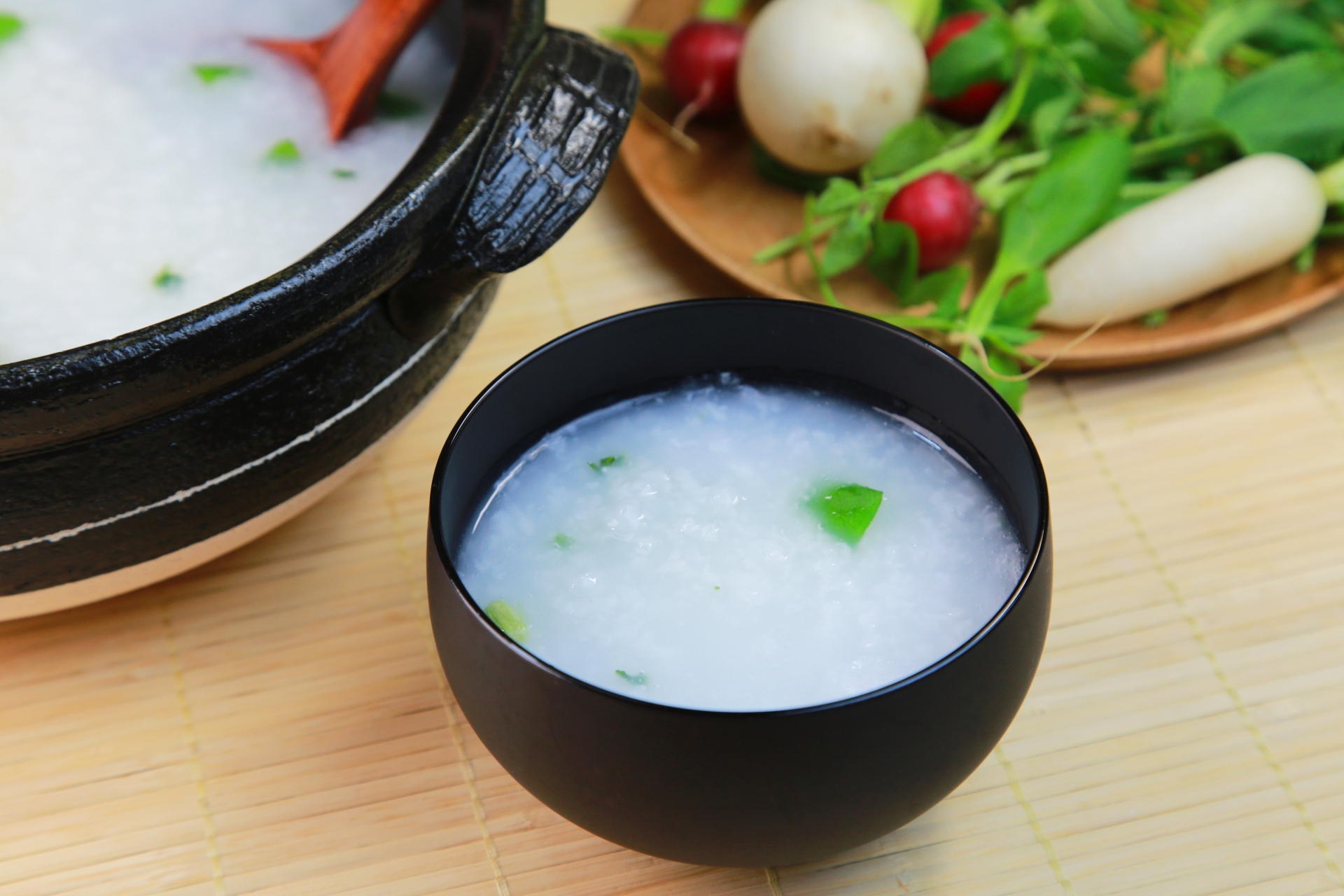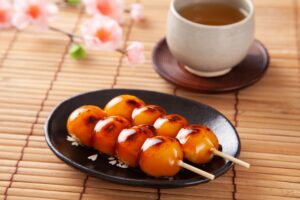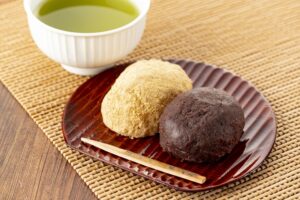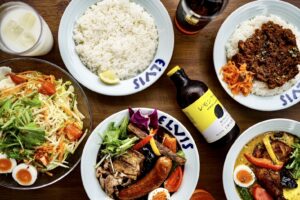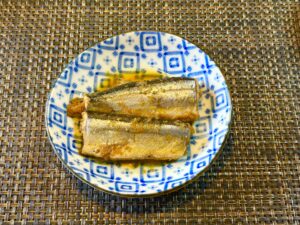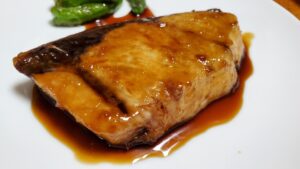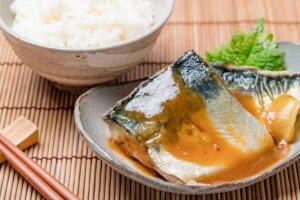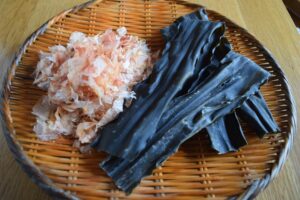Japanese rice porridge, known as okayu, is a comforting dish with deep cultural roots in Japan. Commonly eaten during illness or as a light meal, okayu is cherished for its simplicity, digestibility, and versatility. This article explores what okayu is, its nutritional benefits, how it differs from other types of rice porridge like congee or zosui, and how to prepare it at home using accessible ingredients.
What Is Japanese Rice Porridge (Okayu)?
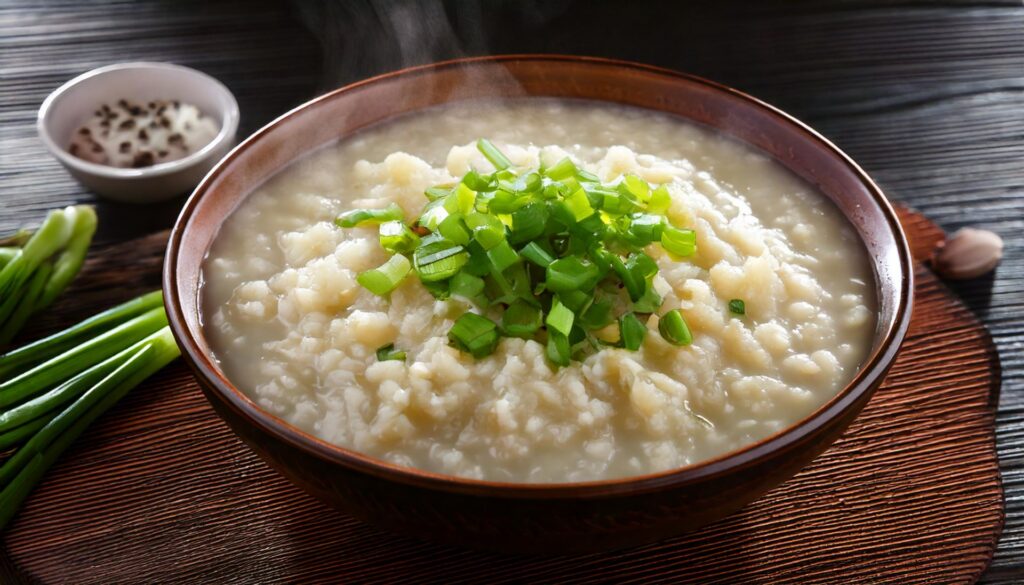
Japanese rice porridge, known as okayu (おかゆ), is a warm, comforting dish made by simmering rice in water until it reaches a soft, porridge-like consistency. It’s often likened to a Japanese version of congee, but okayu is typically thicker and simpler. The base ingredients are humble: Japanese short-grain rice and water, with the occasional addition of salt or dashi for mild seasoning. Optional toppings can transform this basic dish into something more flavorful and visually appealing.
Okayu is deeply ingrained in Japanese culture as a gentle, easily digestible food. It’s often served to people who are ill, recovering from surgery, or experiencing digestive issues. Despite its simplicity, the dish carries an emotional resonance as a food associated with care and recovery. That said, many Japanese households also enjoy okayu as a light breakfast, especially during colder months or after overindulgence the night before.
The Cultural and Culinary Significance of Okayu
In Japan, okayu isn’t just a meal—it’s a symbol of comfort and healing. Often referred to as a form of soul food, okayu is traditionally served to the sick, elderly, or those needing gentle nourishment. Its presence in hospitals and homes underscores its cultural role as a caring and restorative dish.
One of the most symbolic variations of okayu is nanakusa gayu (seven-herb rice porridge), eaten on January 7th during the Japanese New Year. This seasonal dish is meant to detoxify the body after holiday feasting and wish for good health in the coming year. Each of the seven herbs—like seri (Japanese parsley) and suzuna (turnip)—carries a unique cultural and nutritional significance.
Okayu also appears in other life moments: it’s a common first solid food for babies, and a meal of choice for those transitioning back to solid food after fasting or illness. Its mild flavor and smooth texture make it suitable for all ages.
How Is Okayu Different from Chinese Congee or Zosui?
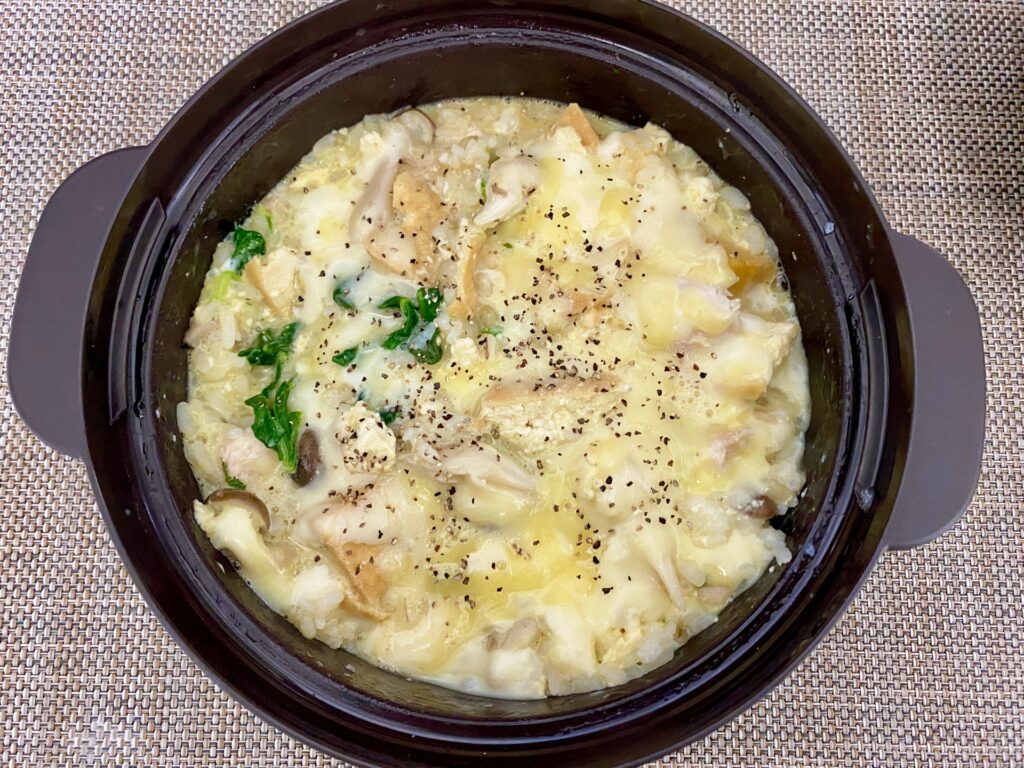
While all three dishes—okayu, congee, and zosui—fall under the broader category of rice porridge, they have notable differences:
| Feature | Okayu (Japan) | Congee (China) | Zosui (Japan) |
| Rice Base | Uncooked short-grain | Uncooked medium/long-grain | Cooked rice |
| Liquid | Water or light dashi | Water or broth | Broth (dashi, etc.) |
| Water-to-Rice Ratio | 5:1 to 7:1 | 8:1 or more | About 2:1 or 3:1 |
| Texture | Thick, creamy | Very soft, soupy | Brothy with rice texture |
| Seasoning | Light or none | Savory, soy sauce, ginger | Savory, soy, miso, etc. |
| Common Use | Illness, breakfast | Daily meals, breakfast | Leftover rice usage |
Okayu is often thicker and more bland, highlighting its purpose as a soothing food. Congee tends to be more flavorful with meat, ginger, and garlic. Zosui, made with leftover rice and broth, is more soup-like and typically includes eggs, vegetables, or seafood.
Health Benefits of Japanese Rice Porridge
Okayu is celebrated in Japan not just for its simplicity, but also for its health-promoting properties. It’s especially beneficial during periods of illness or recovery.
- Gentle on digestion: Soft-cooked rice eases digestion, making it ideal for those with stomach issues.
- Hydrating: High water content helps replenish fluids.
- Low in calories: Okayu is a light dish, suitable for weight management.
- Easily customizable: Add nutrient-dense toppings like eggs or vegetables.
Why Okayu Is Good When You’re Sick
- ☑ Easy to digest
- ☑ Hydrating
- ☑ Comforting warmth
- ☑ Mild flavor is stomach-friendly
- ☑ Customizable for nutrients
How to Make Basic Okayu at Home
Here’s a simple recipe to make traditional okayu:
Ingredients:
- 1/2 cup Japanese short-grain rice
- 3.5 to 4 cups water (for thicker okayu) or 5 cups (for thinner)
- Pinch of salt (optional)
Instructions (Stovetop):
- Rinse the rice until water runs clear.
- Combine rice and water in a pot. Let sit for 30 minutes (optional for better texture).
- Bring to a boil, then reduce to a low simmer.
- Cover partially and cook for 30–40 minutes, stirring occasionally.
- Adjust thickness with water if needed. Add salt to taste.
Rice Cooker Method:
- Use porridge setting if available. Otherwise, use 1:5 or 1:7 ratio and cook until soft.
Tip: Let the okayu sit for 5 minutes after cooking—it will thicken slightly.
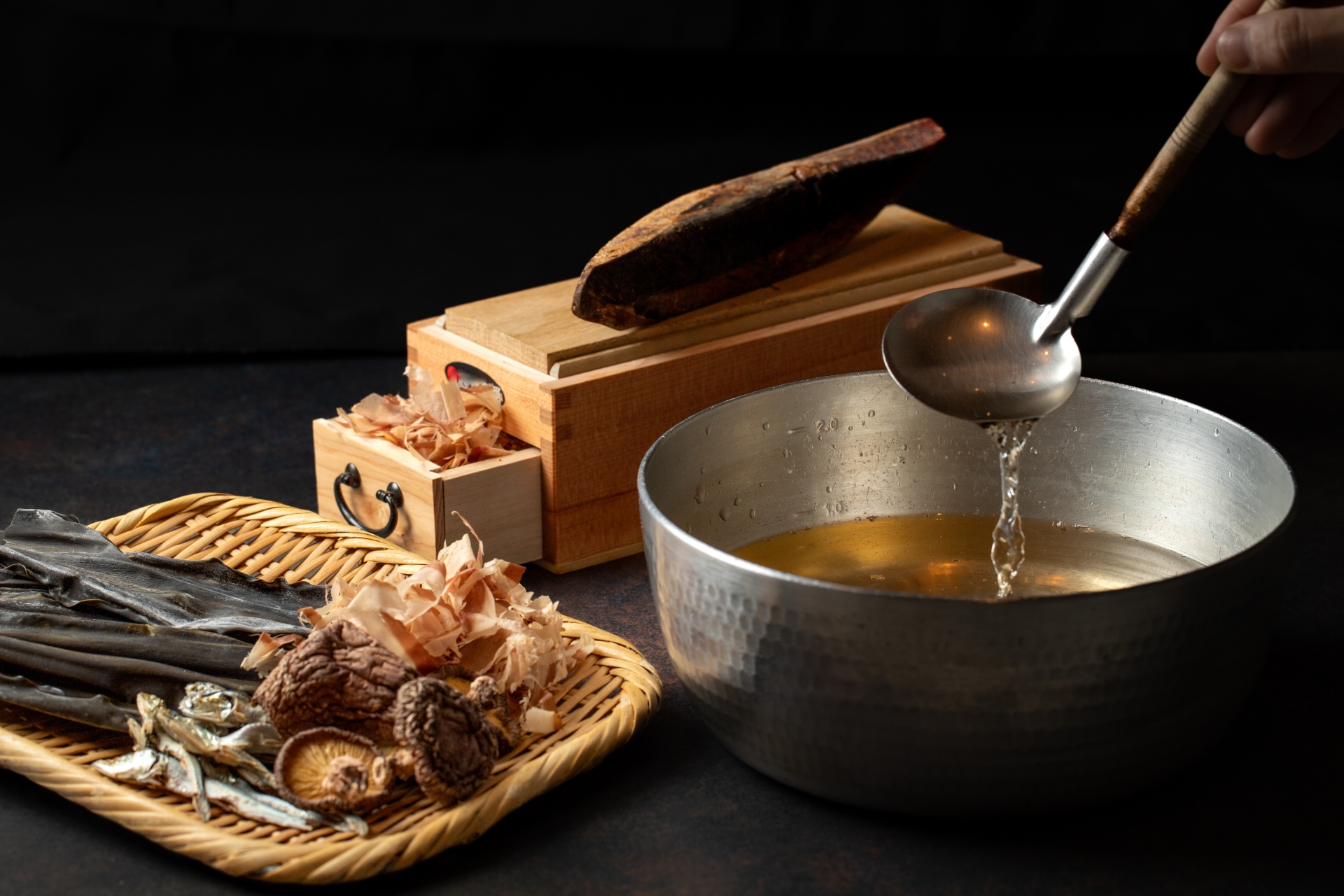
Ingredient Variations and Topping Ideas
Add flavor, texture, and nutrients with these popular toppings:
- Soft-boiled egg or raw egg yolk (added hot)
- Green onion
- Umeboshi (pickled plum)
- Shiitake or enoki mushrooms
- Sesame seeds
- Shredded chicken or tofu
Vegetarian/Vegan ideas: Tofu, mushrooms, sesame, seaweed, and tamari (gluten-free soy sauce).
Okayu for Special Diets: Vegan and Gluten-Free Options
Okayu is naturally gluten-free and can be easily adapted for vegan diets:
- Vegan: Use kombu dashi or just water; avoid fish-based toppings.
- Gluten-Free: Stick to tamari or coconut aminos instead of soy sauce.
- Macrobiotic-friendly: Use seasonal vegetables and avoid strong seasoning.
How to Store and Reheat Okayu (Make-Ahead Tips)
Okayu stores well for quick, comforting meals later:
- Refrigerate: Up to 3 days in an airtight container.
- Freeze: Up to 2 weeks. Store in individual portions.
Reheating Tips:
- Add a splash of water or broth to loosen consistency.
- Reheat gently on the stovetop, stirring occasionally.
- Microwave with a damp paper towel cover to prevent drying.
Note: Texture may change slightly—stir well and re-season if needed.
Regional and Seasonal Variations of Japanese Rice Porridge
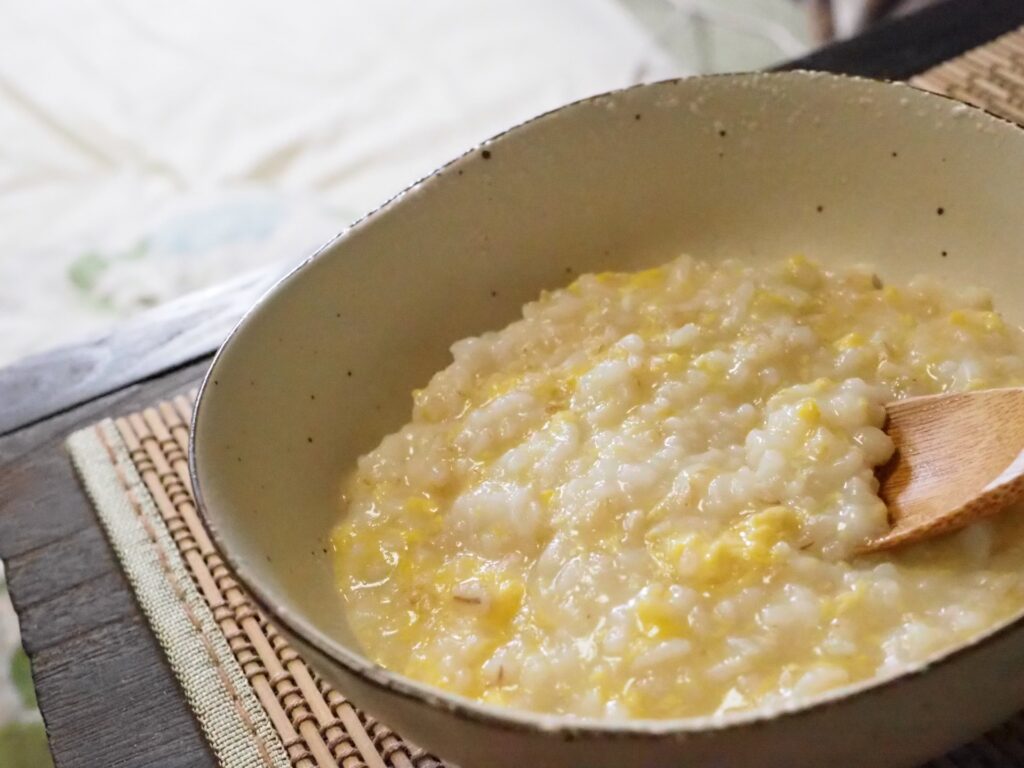
Okayu takes on many forms across Japan, often tied to seasonal traditions or regional specialties:
- Nanakusa Gayu (七草がゆ): Seven-herb porridge eaten on January 7th.
- Ume Gayu: Okayu with salty-sour umeboshi plum—great for summer.
- Tamago Gayu: Okayu stirred with egg during final minutes of cooking.
In some areas, seafood or regional pickles are incorporated. Kansai-style okayu may be slightly thinner, while Kanto versions can be thicker. These seasonal and regional varieties reflect local tastes and traditions.
FAQs About Okayu (People Also Ask)
What is Japanese rice porridge called? It’s called okayu (おかゆ) in Japanese.
How is okayu eaten? Usually with a spoon or chopsticks and enjoyed hot, often topped with savory condiments.
Can I eat okayu when sick? Yes, it’s commonly eaten during illness due to its digestibility and hydration benefits.
What rice is best for okayu? Japanese short-grain rice is ideal due to its sticky texture when cooked.
Is okayu good for weight loss? Yes, it’s low in calories and filling, making it suitable for light diets.
Related Dishes: Zosui, Congee, and More
Aside from okayu, there are other Asian rice porridges worth exploring:
- Zosui: A Japanese soup made with cooked rice and broth. Often includes vegetables, egg, or seafood.
- Congee: A Chinese rice porridge, typically cooked longer with more water, and often flavored with savory ingredients like ginger, pork, or century egg.
Okayu differs in its simplicity and thicker consistency. It’s less seasoned than congee and uses raw rice, unlike zosui, which repurposes already-cooked rice.
Conclusion
Okayu is much more than just rice and water—it’s a dish rich with cultural meaning, healing properties, and culinary versatility. Whether you’re feeling under the weather, exploring Japanese cooking for the first time, or simply craving a soothing meal, Japanese rice porridge offers nourishment in every spoonful. Try making a batch at home and discover why this humble comfort food has stood the test of time in Japanese households.

